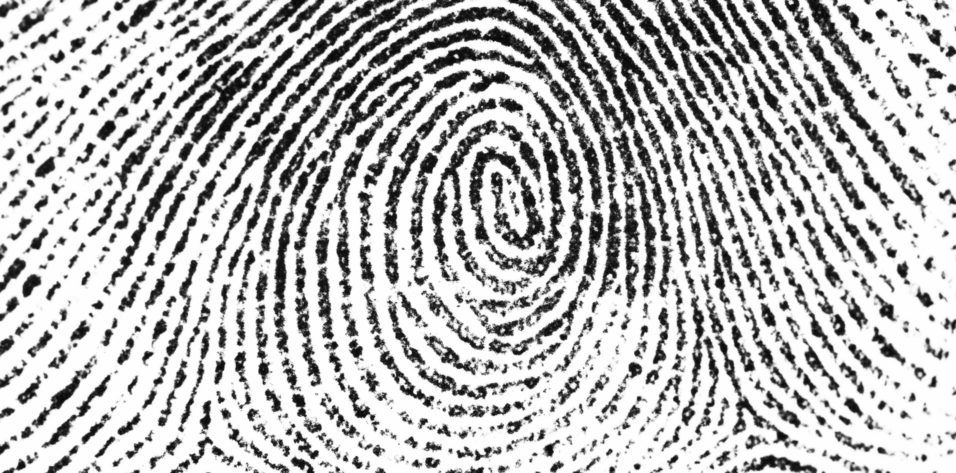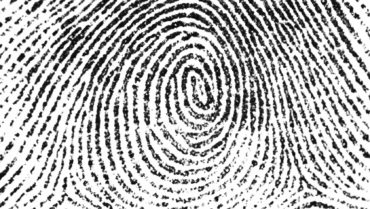As ophthalmologists, we live in a fast-paced and outcomes-driven world. Taking care of a large and ever-increasing number of patients is the norm, so we spend most of our lives in an environment where efficiency is rewarded, efficacy is expected, and time is golden.
For physicians living in underserved locations, it is simply a matter of keeping up with the demand. Others are required to meet their health care system’s national standards. And for those in private practice, it is important to keep up with the bills, especially when continuously evolving and highly expensive technology has become the standard of care.
This technology is sprouting up all around us. Descriptors such as faster, improved workflow, better outcomes, and remote are frequently used in the marketing of new devices. We can preview patient charts, diagnostic studies, and photographs overnight, gaining a fairly accurate diagnostic impression and even devising a treatment plan before meeting the patient.
EHRs allegedly enhance our efficiency and protect us from litigation by having patient information well organized, safe, and available from multiple access points. However, studies suggest that only 27% to 50% of a doctor’s time is spent with patients,1 and 62% of the time devoted to each patient is spent in the EHR system.2 Additionally, we deal with increasingly strict confidentiality rules pertaining to patient health information and identity. Photographs and surgical videos are now devoid of an identifier that could help us put an eye to a name. We examine hundreds of eyes, but how often do we look our patients in the eyes? Technology connects us to everything—except the other human in the room.
The Value of a Patient-Doctor Connection
Ninety clinical examinations, 30 LASIK procedures before lunchtime, and 4-minute cataract extractions—these feats are wonderful and praiseworthy, as long as we do not lose sight of what they truly represent. Our work has a profound impact on our patients, who are more than just their eyes. Having 20/20 vision means nothing to a patient who feels invisible in our care. No patient has ever boasted that his or her surgeon took 4 minutes to complete a cataract extraction. In contrast, people remember their experience and how we made them feel. It is all about perspective: We are not doing this for a P value or to stand at a podium where our egos can be exalted by our peers. We should definitely not be doing this exclusively for economic remuneration. We are treating humans, affecting the way they perceive the world and how they interact with others. We must recognize the great value of the patient-doctor dyad and work together symbiotically.
So, how do we connect more with our patients? A step in the right direction is accepting that we are human ourselves. The glorification of busy and destructive behaviors—not sleeping, not eating, and working incessantly—does not make us superhuman. It only separates us from our own humanity and, consequently, from our patients. Cultivating a balanced, healthy lifestyle provides us with strengths and tools that we can apply to our practice. Why not find a passion that resets us and reminds us who we are outside of medicine? Trying new things is humbling and expands our paradigms. It requires flexibility to understand those who are different from us. For me, this means traveling, surfing, spending time outdoors, and being in the company of loved ones (Figures 1 through 4). When will we start using terms such as happy, fulfilled, kind, and empathic as measures of success?

Figure 1 | Dr. Campos-Möller hiking Gros Morne National Park with his partner.
(Courtesy of Xavier Campos-Möller, MD)

Figure 2 | Sleeping in a 1,000-star hotel. If you want to get close to a Newfoundlander, tell them how much you love their province, Dr. Campos-Möller says.
(Courtesy of Dru Kennedy Photography)

Figure 3 | Dr. Campos-Möller embracing the weather conditions at home on a fatbike ride. “Newfoundlanders are proud of their capacity to endure some of the harshest weather in the world. The vast majority of nonmedical conversations with patients revolve around the weather,” he says.

Figure 4 | Dr. Campos-Möller sharing waves with local children in Indonesia in a “very humbling and humanizing experience.”
Eye contact is a powerful form of nonverbal communication that can be used to generate feelings of care, closeness, and empathy. Conty et al3 suggest that eye contact can and should be used for therapeutic purposes. They note that the use of eye contact during therapeutic processes increases the patient’s appraisal of the therapist’s interpersonal skills and effectiveness, which they termed the watching eyes effect. Additionally, research on placebo effects demonstrates that physicians’ words catalyze healing responses in conjunction with inactive treatments.4,5 A smile and the right posture can also go a long way. Kraft et al6 found that patients rated physicians who displayed empathic nonverbal behavior as more understanding, warmer, and more competent than physicians who displayed unempathetic nonverbal behavior.
What about physical touch? This is culturally dependent and complex, with a risk for misinterpretation. It seems that never before have patients and physicians been so physically distant. Is medicine losing the human touch? In the right context, with appropriate motives, and with provided consent, a simple pat on the shoulder or a holding of hands can be an invaluable tool to communicate to our patients that we care.
Conclusion
Our work is not easy, not only from a technical operational perspective but also because human interaction is complex by nature. Despite the systemic limitations and challenges, we should take pride in the unique opportunity we have to make a positive impact on an individual’s most valued sense—his or her vision. We have the chance to influence not just how patients see the world, but how relationships are nurtured and viewed beyond a microscope.
1. Tai-Seale M, Olson CW, Li J, et al. Electronic health record logs indicate that physicians split time evenly between seeing patients and desktop medicine. Health Aff (Millwood). 2018;36(4):655-662.
2. How doctors feel about electronic health records: national physician poll. The Harris Poll/Stanford Medicine. June 4, 2018. http://med.stanford.edu/content/dam/sm/ehr/documents/EHR-Poll-Presentation.pdf. Accessed February 1, 2019.
3. Conty L, George N, Hietanen JK. Watching eyes effects: when others meet the self. Conscious Cogn. 2016;45:184-197.
4. Finniss DG, Kaptchuk TJ, Miller F, Benedetti F. Biological, clinical, and ethical advances of placebo effects. Lancet. 2010;375(9715):686-695.
5. Leibowitz KA, Hardebeck EJ, Goyer JP, Crum AJ. Physician assurance reduces patient symptoms in US adults: an experimental study. J Gen Intern Med. 2018;33(12):2051-2052.
6. Kraft-Todd GT, Reinero DA, Kelley JM, Heberlein AS, Baer L, Riess H. Empathic nonverbal behavior increases ratings of both warmth and competence in a medical context. PLoS One. 2017;12(5):e0177758.



